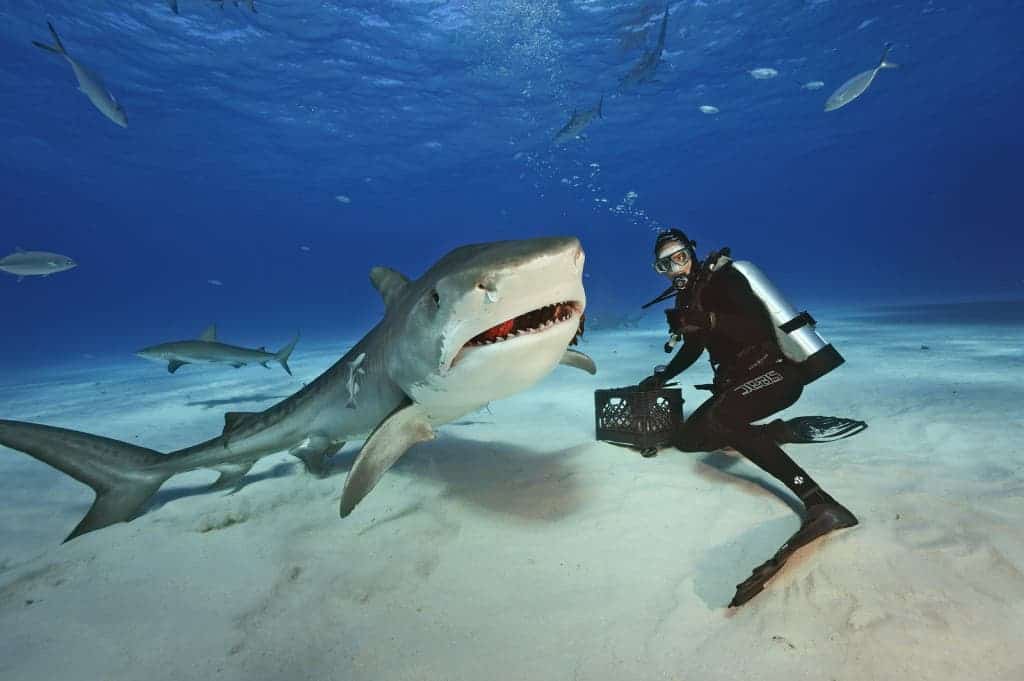A new study investigated the circumstances under which a 15-year-old kitesurfing male died after a tiger shark attacked him in the South Pacific. Their analysis suggests that attack took place mostly likely because the kitesurfer’s motion was confused by the shark with a bird overtaking the water. In light of other similar shark attack cases, the researchers advise any kitesurfing in waters known to harbor sharks should be made with extreme care.
[NOW READ] What’s the chance of being attacked by a shark?
The researchers studied the remains of the teenager who was attacked on May 21, 2011 while kitesurfing with a group of five in waters off the city of Koumac on the northwest coast of New Caledonia. The young man’s friends report the victim was attacked two times, after the teenager initially lost his board, but continued to hold his kite, pulling him across the water’s surface. The first attack pulled most of the tissue from his left leg, and judging from the location of the attack and tooth bite impressions, the scientists concluded the teenager was killed by 10-foot-long tiger shark.
“[…] when a kitesurfer does lose his board and is pulled by his sail (kite) along the surface, such as in the present case, with relatively high speed and intermittent touching down on the surface, it could represent a strong feeding stimulus for a shark.”
Learning by doing
Unlike marine mammals, sharks learn to navigate their surroundings and survive by experimenting. No shark youngling is thought beforehand what is good to eat and what isn’t, so often times a shark’s life involves a series of trial and errors. Tiger sharks and certain other sharks are known to feast on birds, as well as sea snakes, fish, turtles, marine mammals and more. Typically, if a shark is old enough, he will stick with what he knows and won’t attack humans. When on a surf board or kite, humans look like turtles or birds, respectively.
“Sharks, as a main difference with marine mammals that learn from their older conspecifics, have to learn by themselves…So (attacking a human) might be a mistake at the beginning and then (later become) a more ‘normal process’ for a given shark to prey on a human being,” said Eric Clua, a marine biologist and veterinary surgeon based in French Polynesia.
The authors conclude that people venturing for fun in treacherous waters should do so knowing full well the dangers they expose themselves too. The sharks aren’t to blame; the responsibility is all on them.
“The sea is not a zoo where you go to see dangerous animals without any chance of being wounded,” Clua said. “If you go to sea, you must accept the rules and risks, like an alpinist accepts the risk of falling from the mountain. Why should we cut the mountain if he falls and dies?”
The findings were reported in the Journal of Forensic and Legal Medicine.









